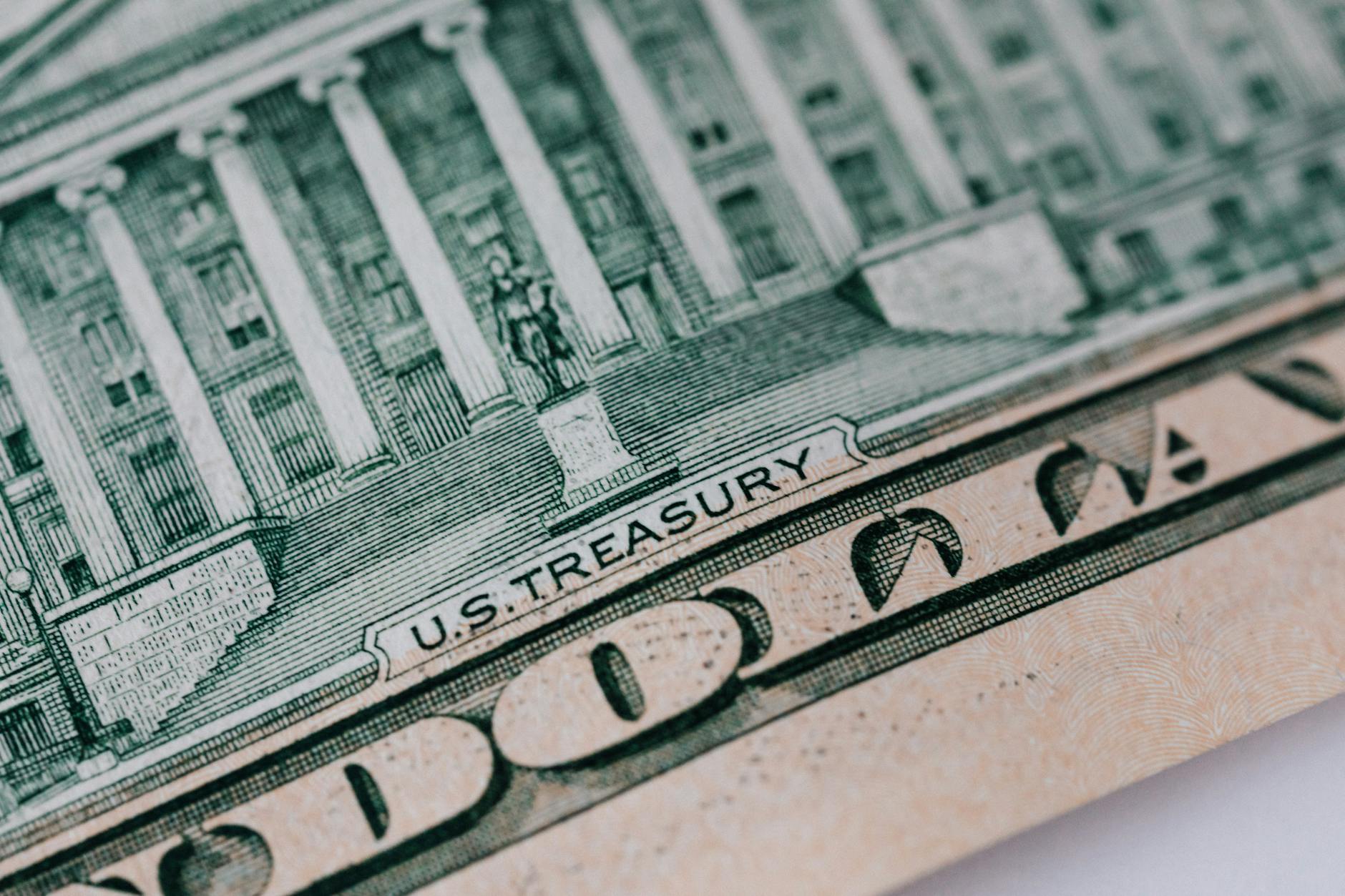When it comes to investing in long-term US Treasury bonds, understanding the nominal interest rate is crucial. Investors often wonder what factors influence the rate they see. Let's break down what the nominal interest rate is and the components that contribute to it.
 Photo by Kaboompics.com
Photo by Kaboompics.com
What is the Nominal Interest Rate?
Simply put, the nominal interest rate is the stated rate on a bond, without adjusting for inflation. It represents the actual price you pay for borrowing or the return you receive from lending your money. For example, if you buy a bond with a nominal rate of 3%, this is the return you would expect annually, unless inflation erodes that value. But it doesn’t tell the whole story.
Components of the Nominal Interest Rate
Understanding the nominal interest rate on US Treasury bonds requires breaking it down into its core components. This gives a clearer picture of how it functions.
1. Expected Real Rate
The expected real rate is the return you anticipate receiving after adjusting for inflation. If inflation goes up, the purchasing power of your returns decreases. Investors want to know how much they will earn in real terms, which is the reason why this component is so vital. It helps gauge the actual growth of their capital.
2. Expected Inflation
Inflation is perhaps the most talked-about economic indicator. The expectation of future inflation directly impacts nominal interest rates. When investors believe that inflation will rise, they demand a higher rate on Treasury bonds to compensate for the decrease in purchasing power. This is why, during inflationary periods, you may notice an upward trend in interest rates.
3. Term Premium
Longer-term bonds represent a greater risk to investors. A term premium compensates them for the possibility that rates may increase before the bond matures. The longer the bond's maturity, the greater the uncertainty about future interest rates and inflation. This added risk is reflected in the nominal interest rate. It’s a way for investors to protect themselves against being locked into a lower rate when rates could be higher in the future.
4. Inflation Risk Premium
This component addresses the uncertainty surrounding inflation. Even if a bond's nominal yield accounts for expected inflation, there’s still a risk that actual inflation may differ. The inflation risk premium compensates investors for this uncertainty. If actual inflation surpasses expectations, the real return on the bond could be even lower than anticipated.
How These Components Interact
These four components don't operate in isolation. They all interact to shape the nominal interest rate. For instance, if inflation expectations rise, both the expected inflation and inflation risk premium might increase, pushing the nominal interest rate higher. Conversely, if investors sense a stable economic environment with low inflation, the rates may decrease.
The Influence of Central Banks
Central banks, particularly the Federal Reserve, play a significant role in shaping nominal interest rates. Monetary policy actions, such as lowering or raising the federal funds rate, can influence these rates. When central banks take steps to tighten or loosen monetary policy, it can affect the expected real rate and term premiums significantly. It's not just about reacting to current inflation but also about expectations for the future.
Conclusion
Understanding the nominal interest rate on long-term US Treasury bonds requires recognizing the mixture of several components. From expected real rates to inflation risks, each plays a critical role in determining what you, as an investor, will essentially earn.
By understanding these dynamics, investors can make informed decisions that align with their financial goals. Whether you’re new to investing or have some experience under your belt, grasping these concepts can empower you financially.
